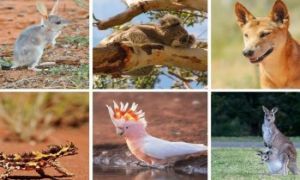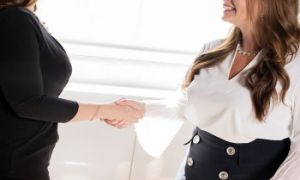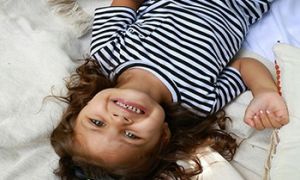Art in early childhood is far more than paint, paper, and glue it is a language of identity, exploration, and meaning‑making. When children create freely, they reveal how they see the world, how they solve problems, and how they express emotion. Yet in many settings, art experiences still lean heavily toward adult‑directed crafts, templates, and identical products. These practices can unintentionally limit children’s agency, creativity, and confidence.
This guide invites educators to pause, question, and re‑envision their role in children’s artistic experiences. Through reflective prompts and practical shifts, it supports teams to cultivate environments where creativity thrives, individuality is celebrated, and every child’s artistic “voice” is valued.
Shifting toward open‑ended, authentic art experiences requires more than swapping materials; it calls for a deeper examination of our beliefs, habits, and assumptions about children and learning. Reflective practice is the bridge that helps us move from “the way things have always been done” to approaches that honour children as capable, imaginative, and competent creators.
1. Image of the Child
- What does my approach to art say about how I view children as learners and creators?
- Do my art experiences communicate trust in children’s ideas or control over their outcomes?
- How do I respond when a child’s artwork looks different from what I expected?
2. Purpose of Art in Our Program
- Why do we offer art experiences for decoration, for learning, for expression, or for compliance?
- Do our current practices prioritise the product or the process?
- How do we ensure art experiences are meaningful rather than simply “activities to fill time”?
3. Educator Influence and Power
- When do I step in during art experiences, and why?
- Do my instructions limit children’s creativity or scaffold it?
- How often do I unintentionally direct children toward a particular outcome?
- What might happen if I stepped back more often?
4. Materials and Environment
- Do the materials I provide invite exploration, experimentation, and risk‑taking?
- Are children able to access materials independently?
- Do I offer a variety of textures, tools, and mediums that support diverse ways of creating?
- How do I ensure the environment communicates “your ideas matter here”?
5. Children’s Agency and Voice
- How do children influence the direction of art experiences?
- Do I genuinely listen to children’s ideas, or do I guide them toward my own?
- How do I support children to make choices, solve problems, and express themselves freely?
6. Diversity, Culture, and Identity
- Do our art experiences allow children to express their cultural identities authentically?
- Are we avoiding cultural appropriation in craft‑based activities?
- How do we ensure that children’s unique perspectives are visible in their artwork?
7. Documentation and Assessment
- What aspects of the art experience do I document—the product, the process, the thinking, or the emotions?
- How do I capture children’s voices and meaning‑making?
- Does my documentation reinforce open‑ended learning, or does it focus on neatness and completion?
8. Family and Community Expectations
- How do I communicate the value of open‑ended art to families?
- Do families expect “cute crafts,” and how do I respectfully shift that narrative?
- What documentation or conversations help families understand the learning behind messy, unique art?
9. Team Culture and Professional Identity
- Do all educators on the team share a common understanding of open‑ended art?
- What beliefs or habits might be barriers to change?
- How do we support each other to move away from templates and toward authentic creativity?
10. Continuous Improvement
- What changes have we made recently, and what impact have we noticed?
- What surprised us about children’s engagement when we offered more open‑ended experiences?
- What is one small shift we can try next to deepen children’s creative freedom?
Further Reading
Linking Art To The EYLF Learning Outcomes
Benefits Of Art and Craft
Process Art Vs Product Art In Early Childhood Services
50 Process Art Activities
Benefits Of Creative Arts For Children In Early Childhood Services
Art and Craft Descriptions With Links To The EYLF
Importance of Displaying Children's Artwork
EYLF Curriculum Planning For Creative Arts
20 Collaborative Art Projects For Preschoolers


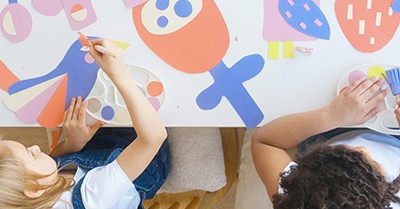
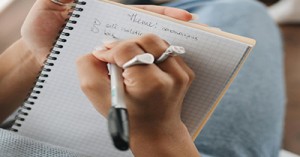
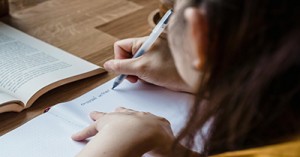
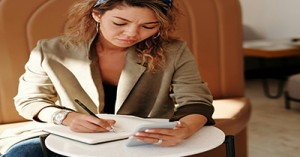
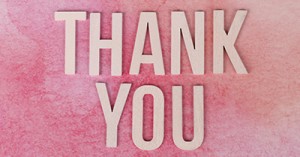
 Here is the list of the EYLF Learning Outcomes that you can use as a guide or reference for your documentation and planning. The EYLF
Here is the list of the EYLF Learning Outcomes that you can use as a guide or reference for your documentation and planning. The EYLF The EYLF is a guide which consists of Principles, Practices and 5 main Learning Outcomes along with each of their sub outcomes, based on identity,
The EYLF is a guide which consists of Principles, Practices and 5 main Learning Outcomes along with each of their sub outcomes, based on identity, This is a guide on How to Write a Learning Story. It provides information on What Is A Learning Story, Writing A Learning Story, Sample
This is a guide on How to Write a Learning Story. It provides information on What Is A Learning Story, Writing A Learning Story, Sample One of the most important types of documentation methods that educators needs to be familiar with are “observations”. Observations are crucial for all early childhood
One of the most important types of documentation methods that educators needs to be familiar with are “observations”. Observations are crucial for all early childhood To support children achieve learning outcomes from the EYLF Framework, the following list gives educators examples of how to promote children's learning in each individual
To support children achieve learning outcomes from the EYLF Framework, the following list gives educators examples of how to promote children's learning in each individual Reflective practice is learning from everyday situations and issues and concerns that arise which form part of our daily routine while working in an early
Reflective practice is learning from everyday situations and issues and concerns that arise which form part of our daily routine while working in an early Within Australia, Programming and Planning is reflected and supported by the Early Years Learning Framework. Educators within early childhood settings, use the EYLF to guide
Within Australia, Programming and Planning is reflected and supported by the Early Years Learning Framework. Educators within early childhood settings, use the EYLF to guide When observing children, it's important that we use a range of different observation methods from running records, learning stories to photographs and work samples. Using
When observing children, it's important that we use a range of different observation methods from running records, learning stories to photographs and work samples. Using This is a guide for educators on what to observe under each sub learning outcome from the EYLF Framework, when a child is engaged in
This is a guide for educators on what to observe under each sub learning outcome from the EYLF Framework, when a child is engaged in The Early Years Learning Framework describes the curriculum as “all the interactions, experiences, activities, routines and events, planned and unplanned, that occur in an environment
The Early Years Learning Framework describes the curriculum as “all the interactions, experiences, activities, routines and events, planned and unplanned, that occur in an environment